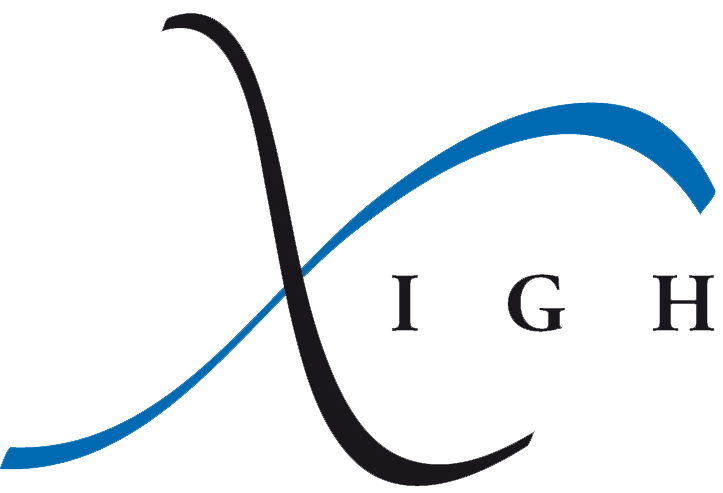Projet : Programming genetic networks to extract hidden information in sequencing data
Advances in next generation sequencing methods have revealed that transcription is more pervasive, more diverse and more cryptic than expected.
Despite this heterogeneity in information and despite the fact that our understanding of transcript architecture is incomplete, bioinformatics analyses of these data are frequently initiated through a common, biased procedure; they are mapped to a reference genome or transcriptome.
This step does not account for major changes in the genome or transcriptome as can be the case in multiple cancers nor does it account for small sequence variations common between individuals.
As a result, only a portion of transcriptional information measured by NGS is used to discover meaningful signatures between different biological samples.

